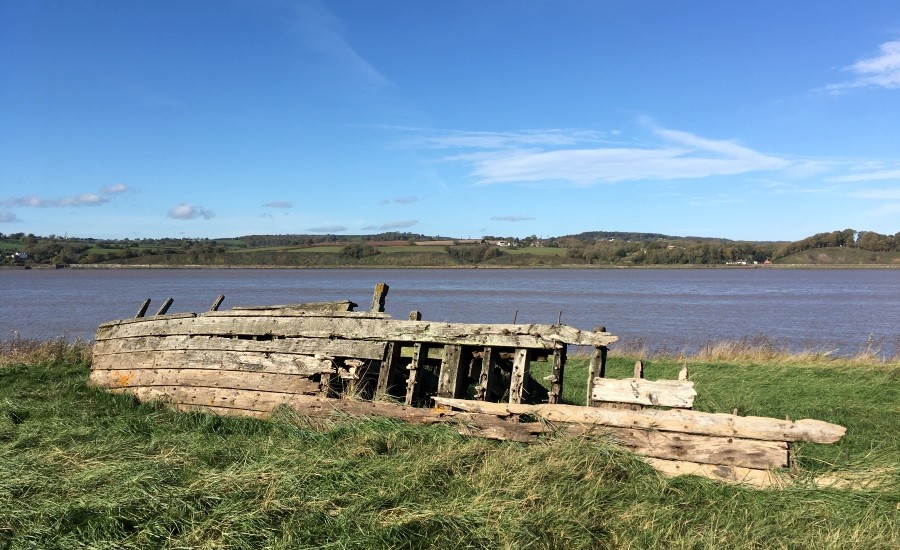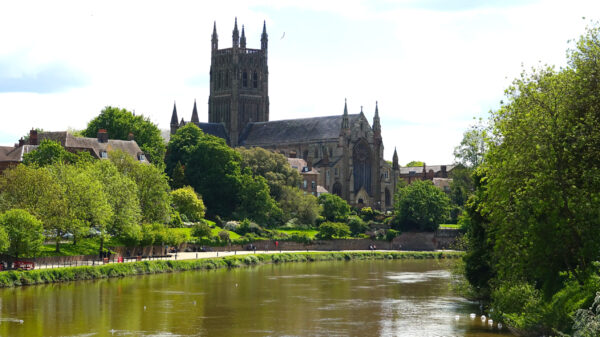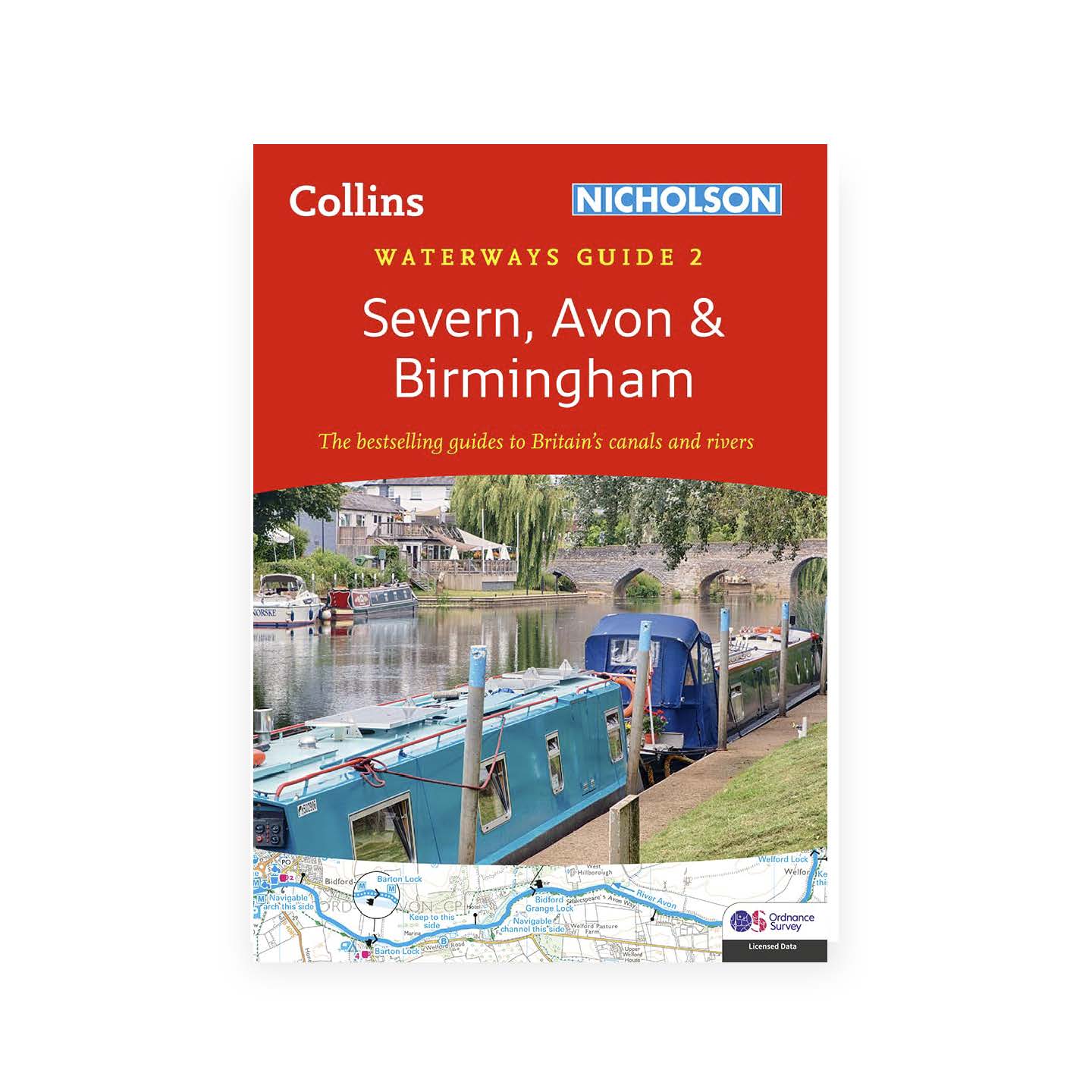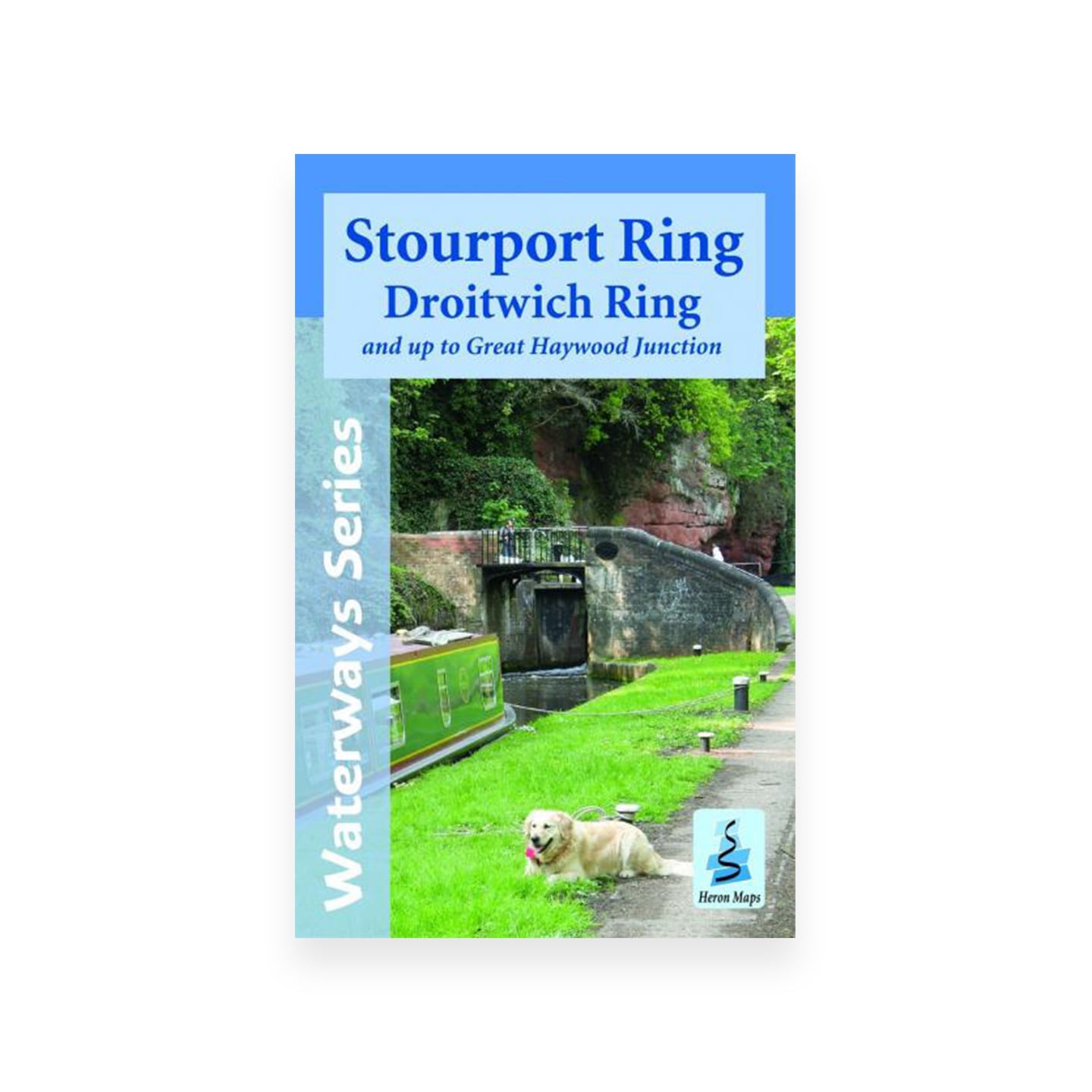From Gladder Brook to Gloucester
It also connects to the Staffordshire and Worcestershire Canal at Stourport, the Droitwich Barge Canal at Hawford, the Warwickshire Avon at Tewkesbury and to the Worcestershire and Birmingham Canal at Worcester.
There is a right of navigation upstream of Gladder Brook as far as Pool Quay, Welshpool, and the former Severn Navigation Restoration Trust worked for many years to encourage improvement for navigation of this part of the river. The Trust’s final chairman has an article covering the Trust’s work.
The river below Gloucester is navigable, but tidal. The Herefordshire & Gloucestershire Canal (under restoration) connects to the (now closed) Maismore Channel of the river at Over on the outskirts of Gloucester. The former Coombe Hill Canal (closed and now a nature reserve) connected to the river near Apperley.
This has been an active transport route since Roman times. Its first Act was passed in 1503 and many more followed in attempts to tame the longest river in Britain. Nineteenth century improvements and adjoining new canals increased the use of the waterway. The River Severn was one of the most important industrial arteries of this Country once navigated by trows from Gloucester Docks and the Severn Estuary to Pool Quay near Welshpool in good conditions. As canals such as the Worcester & Birmingham were completed, they provided links for exporting products from the industrial Midlands via the Severn and it prospered in the late eighteenth century with coal from Madeley and Broseley to the Droitwich saltworks and to other industries. Locks were only introduced in 1834 with five from Stourport to Tewkesbury.





